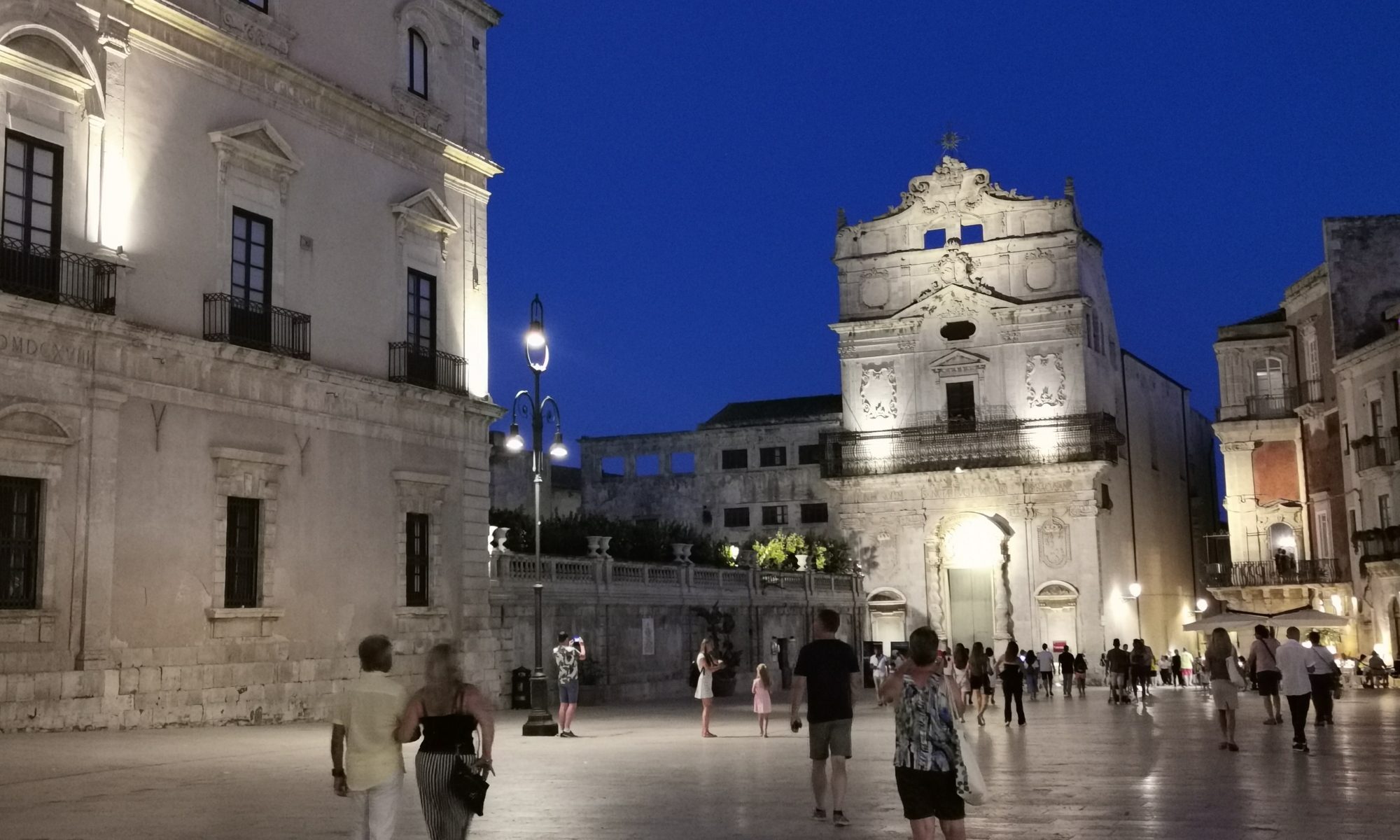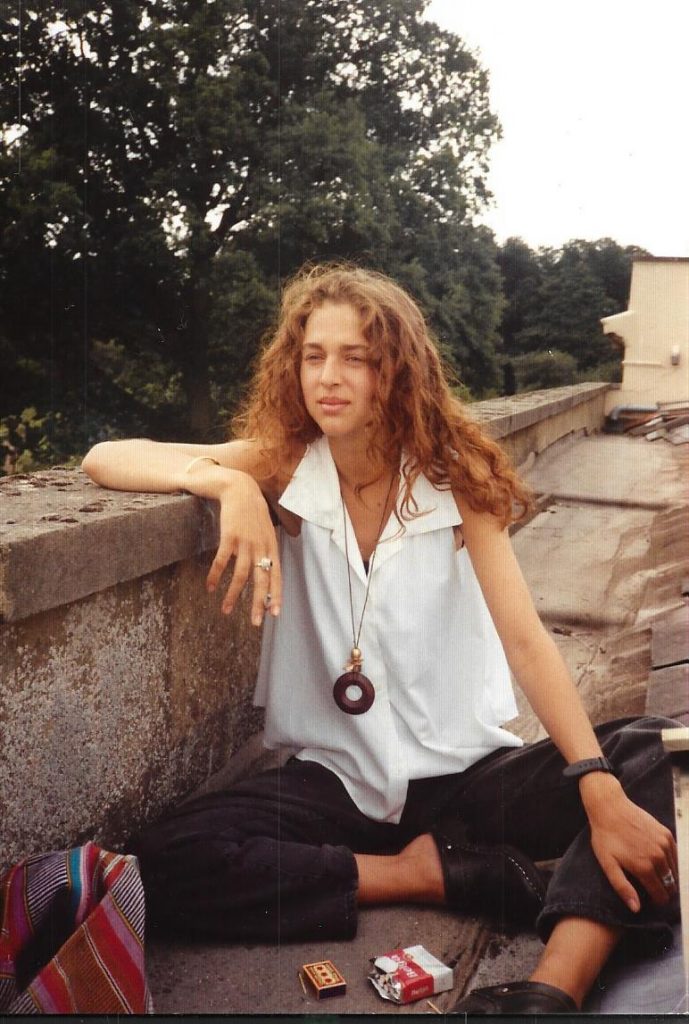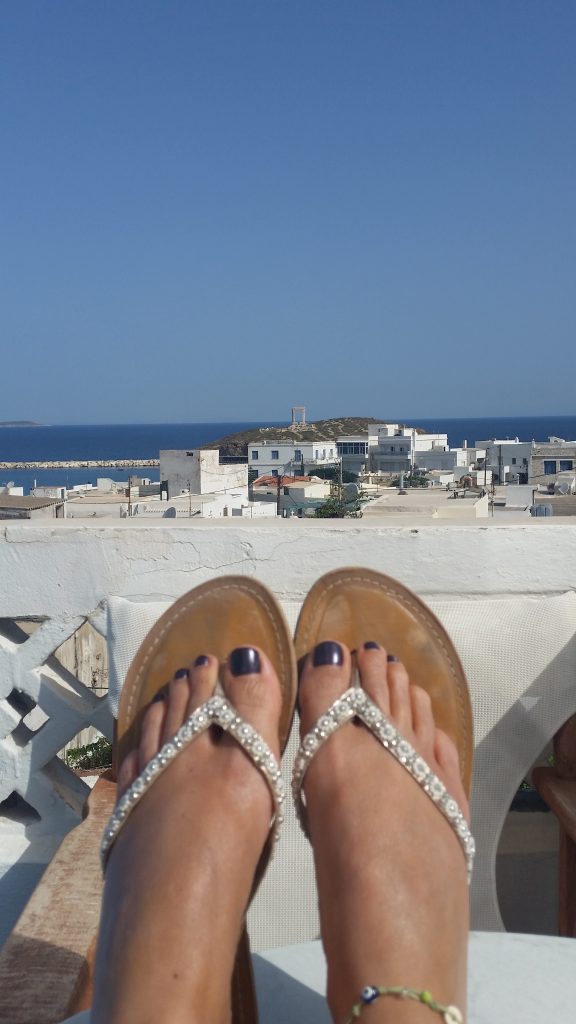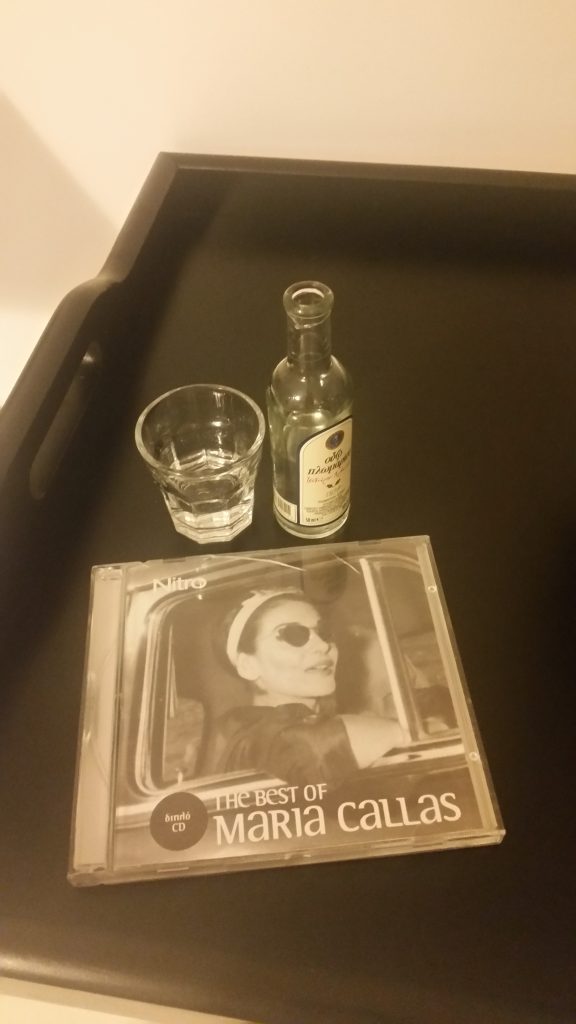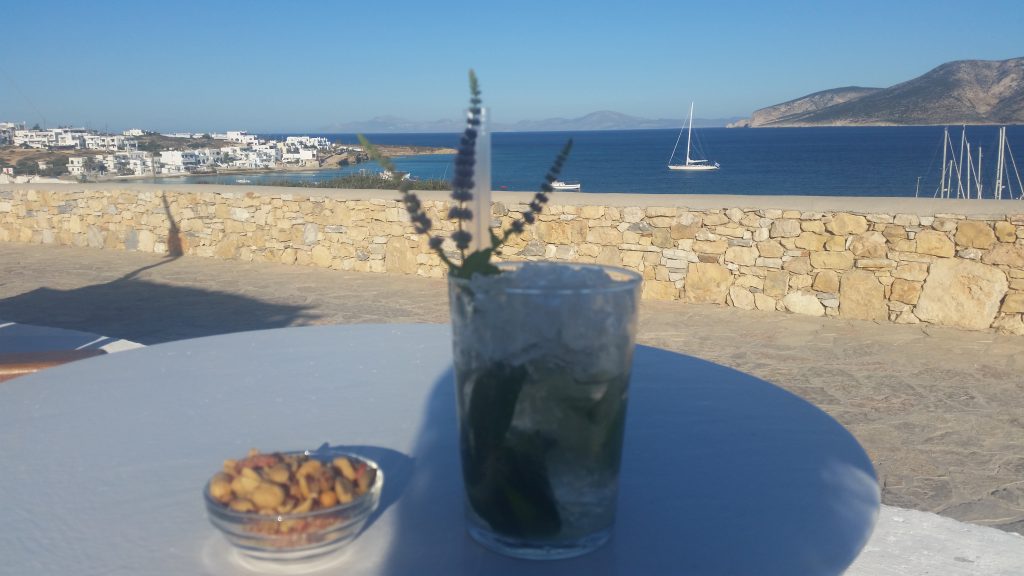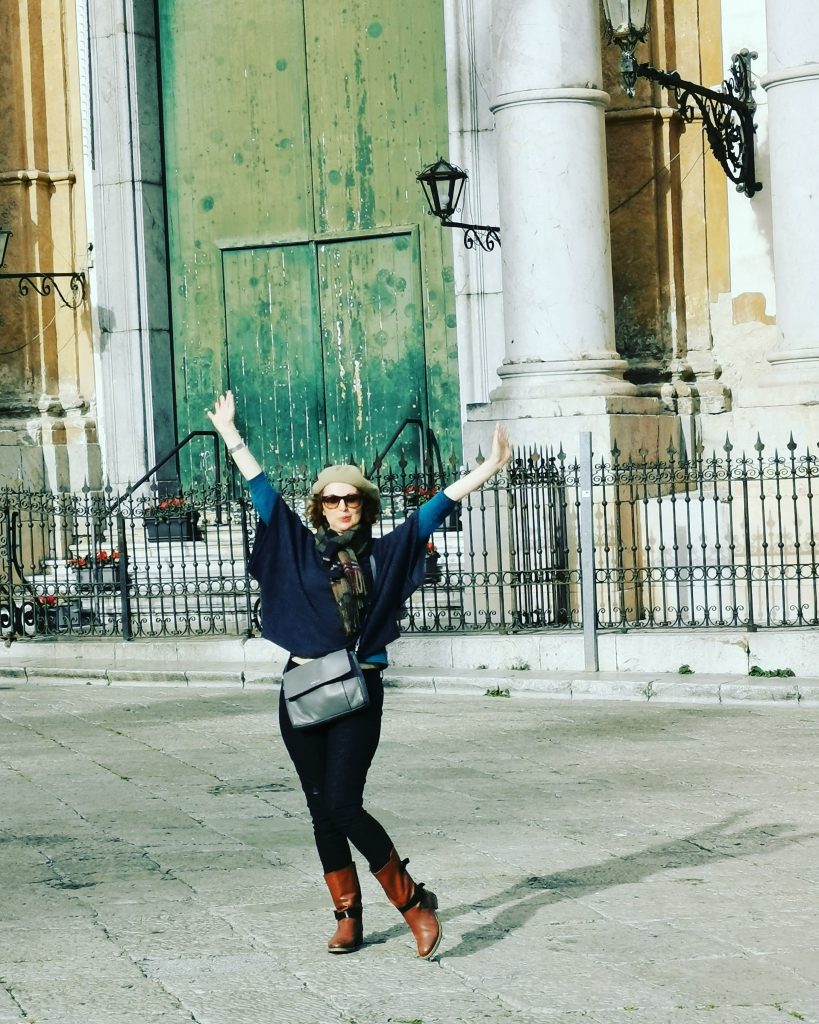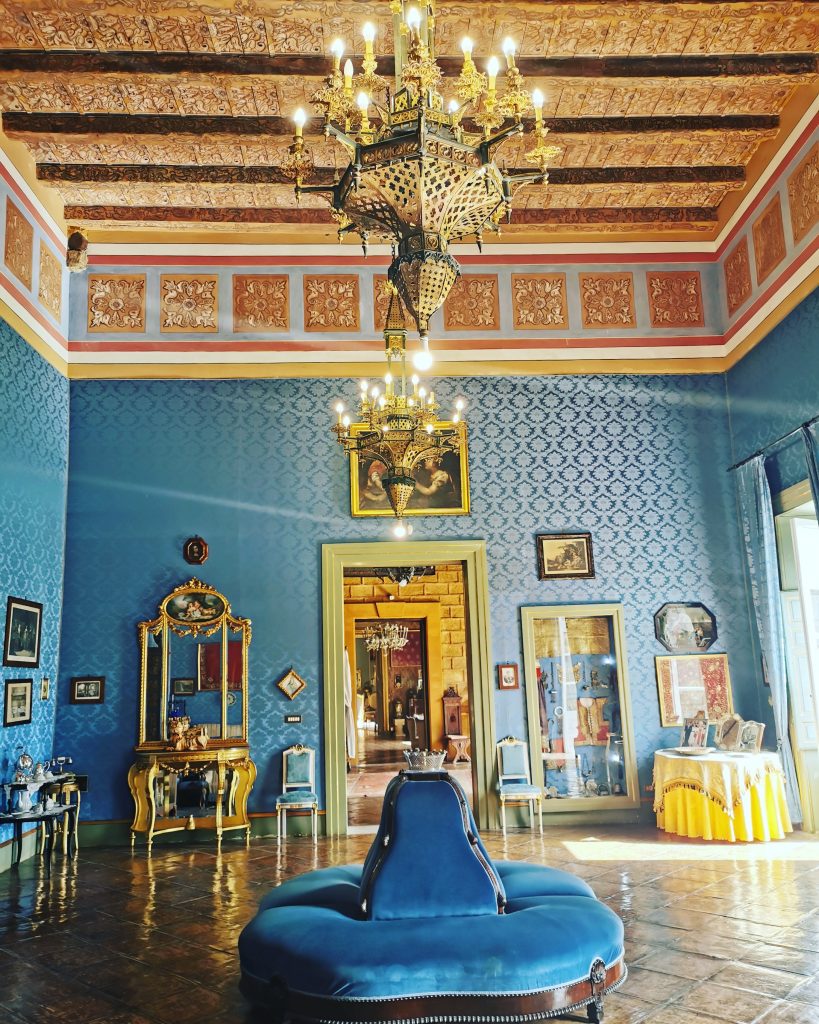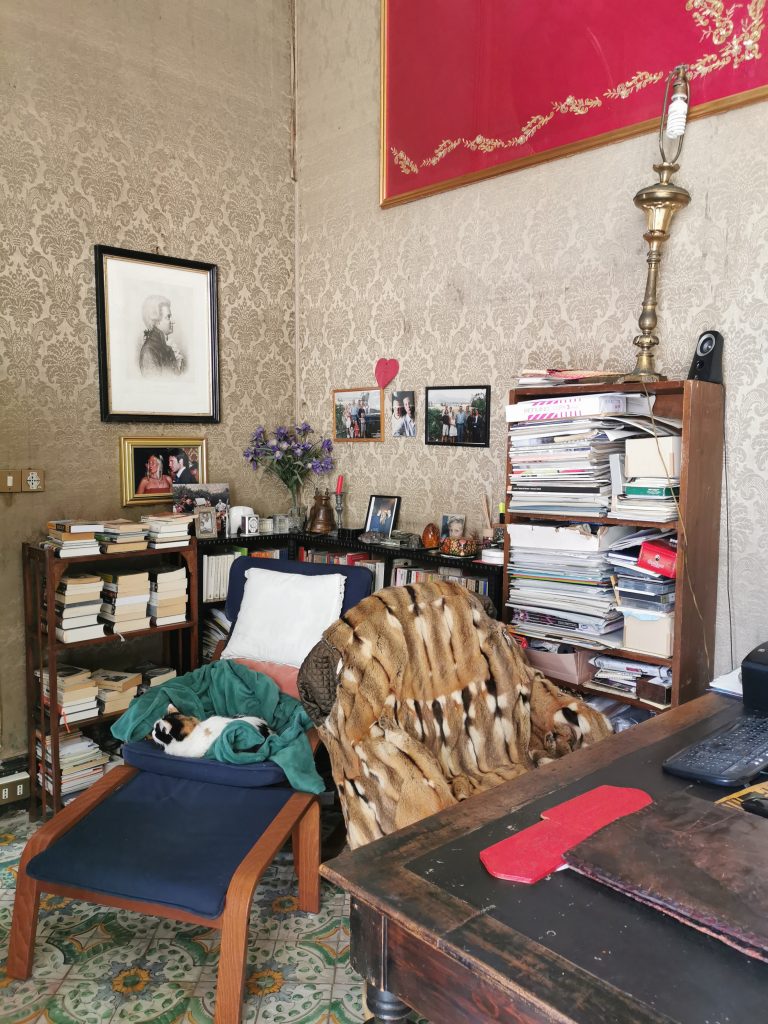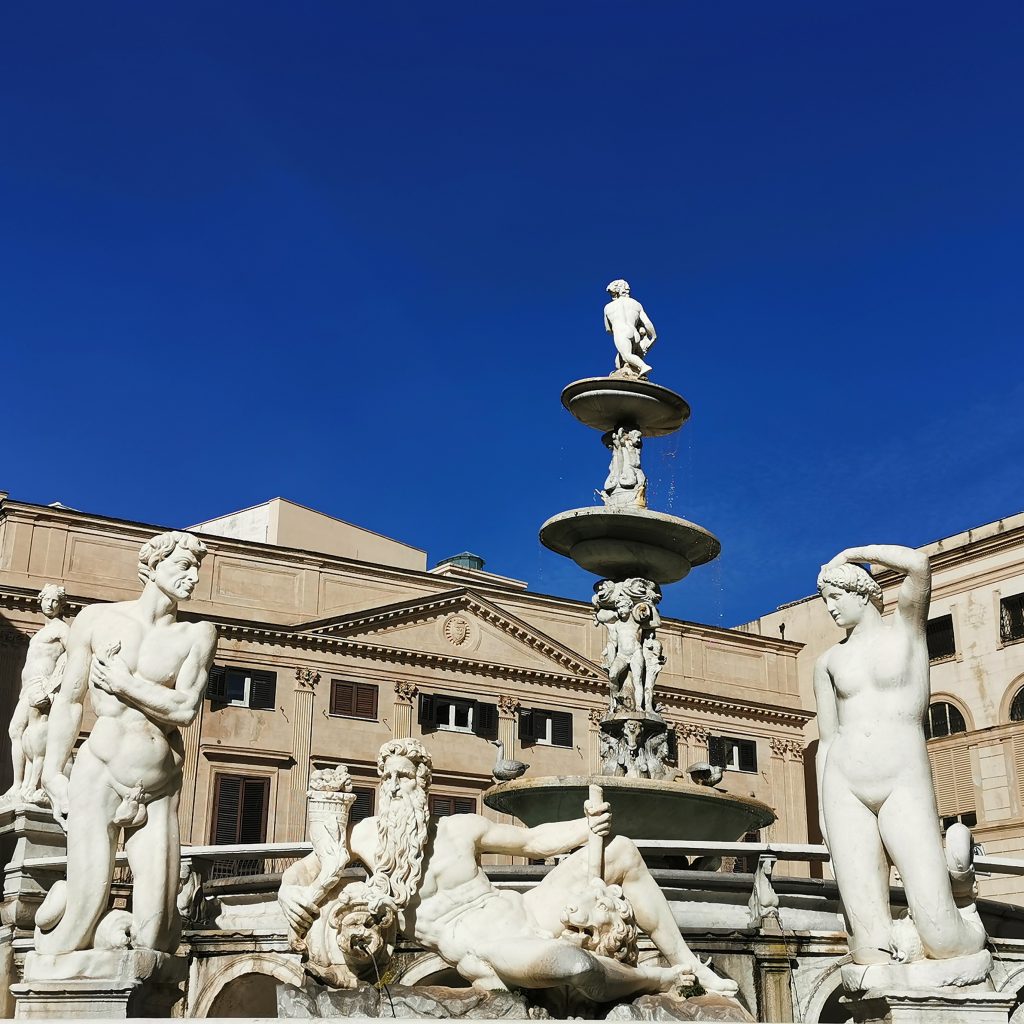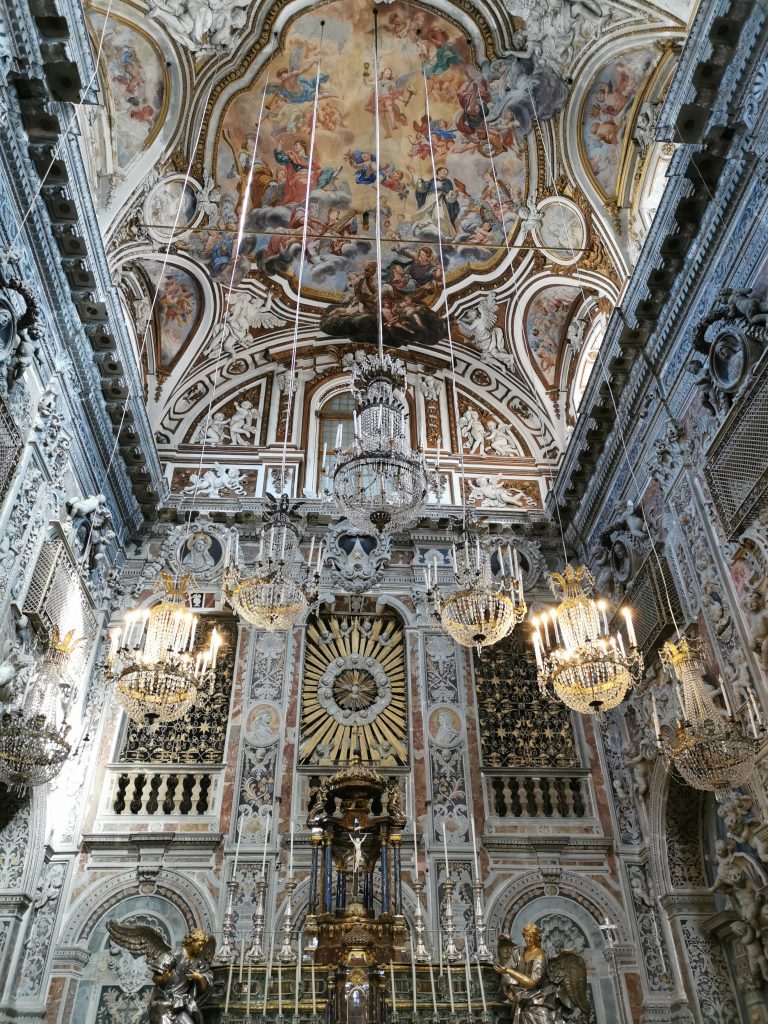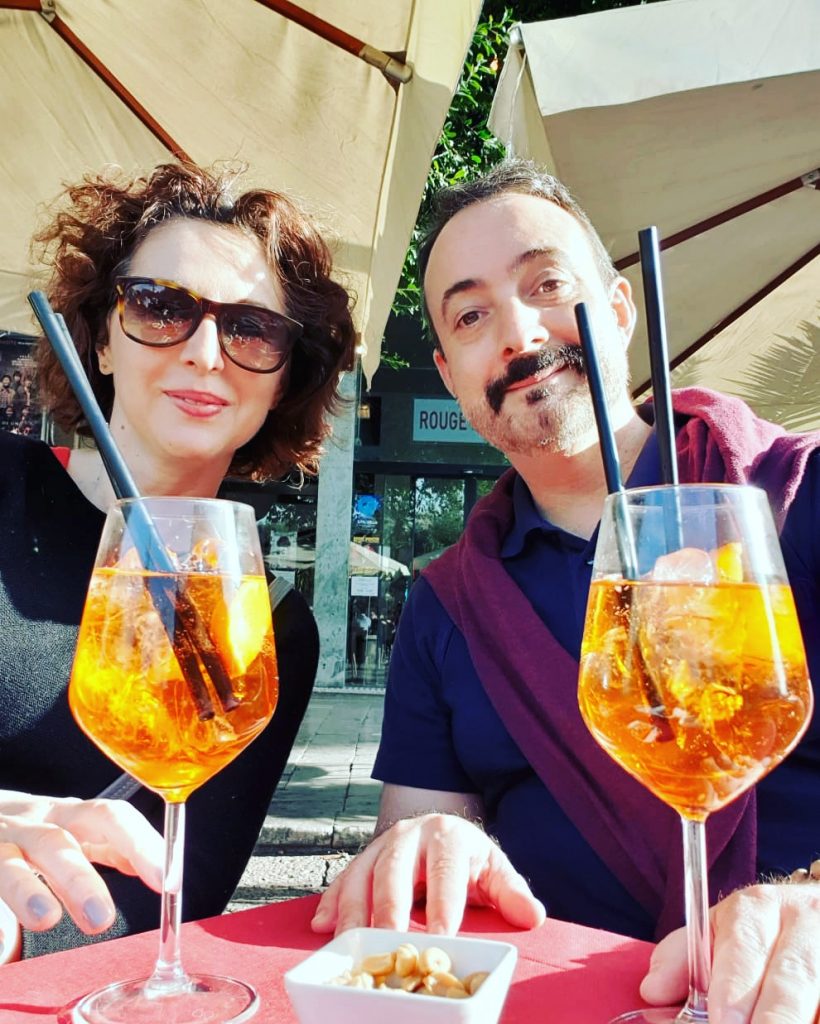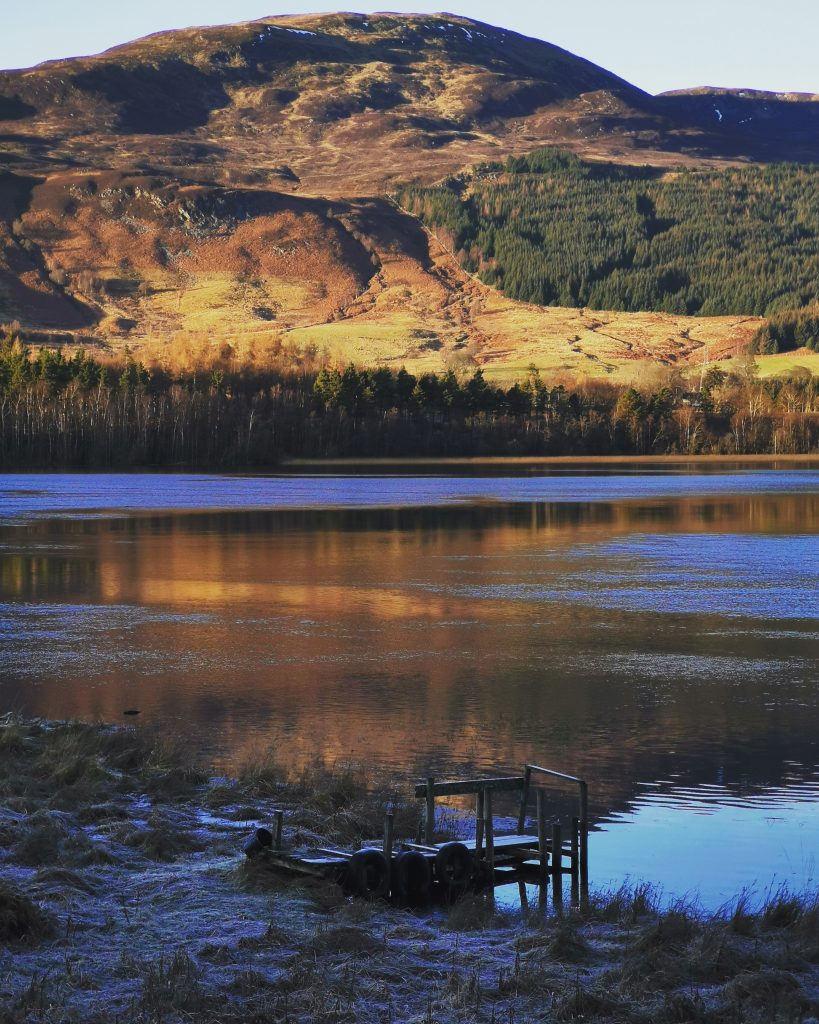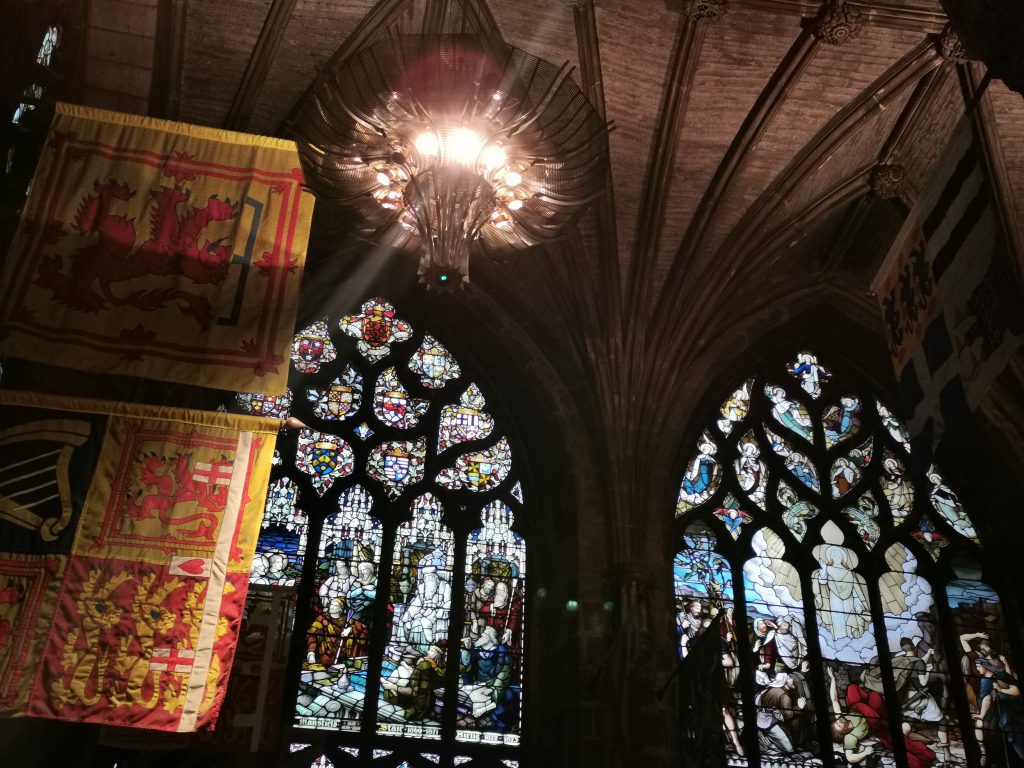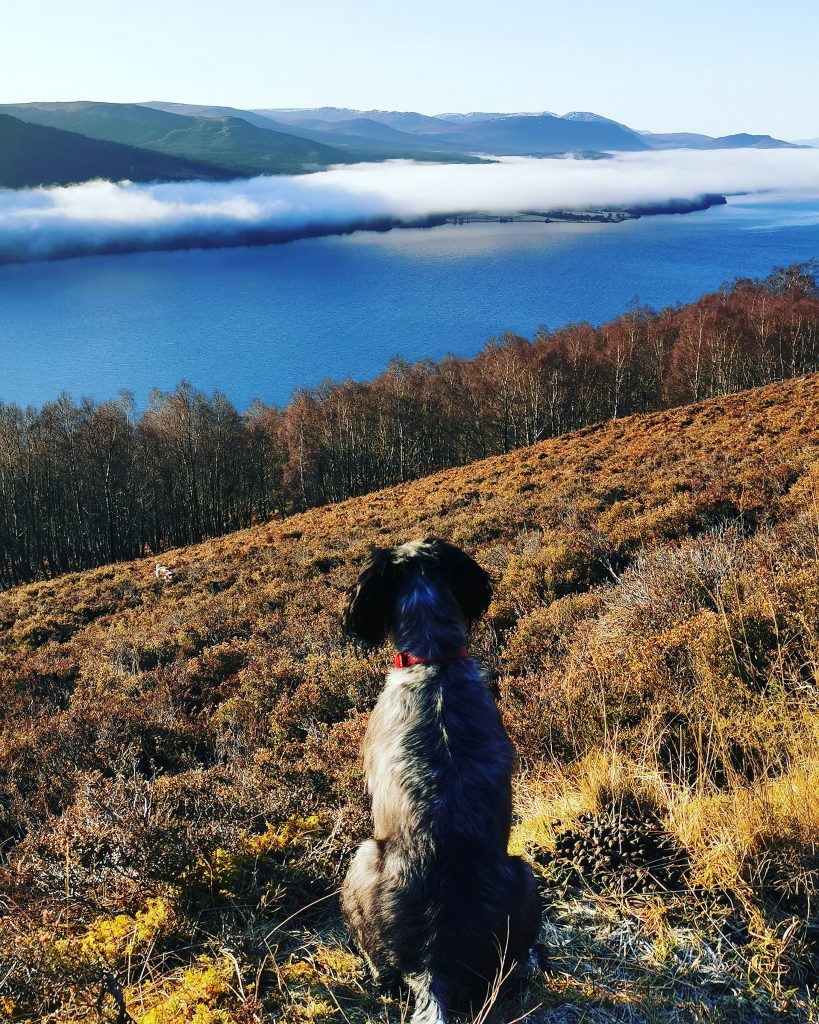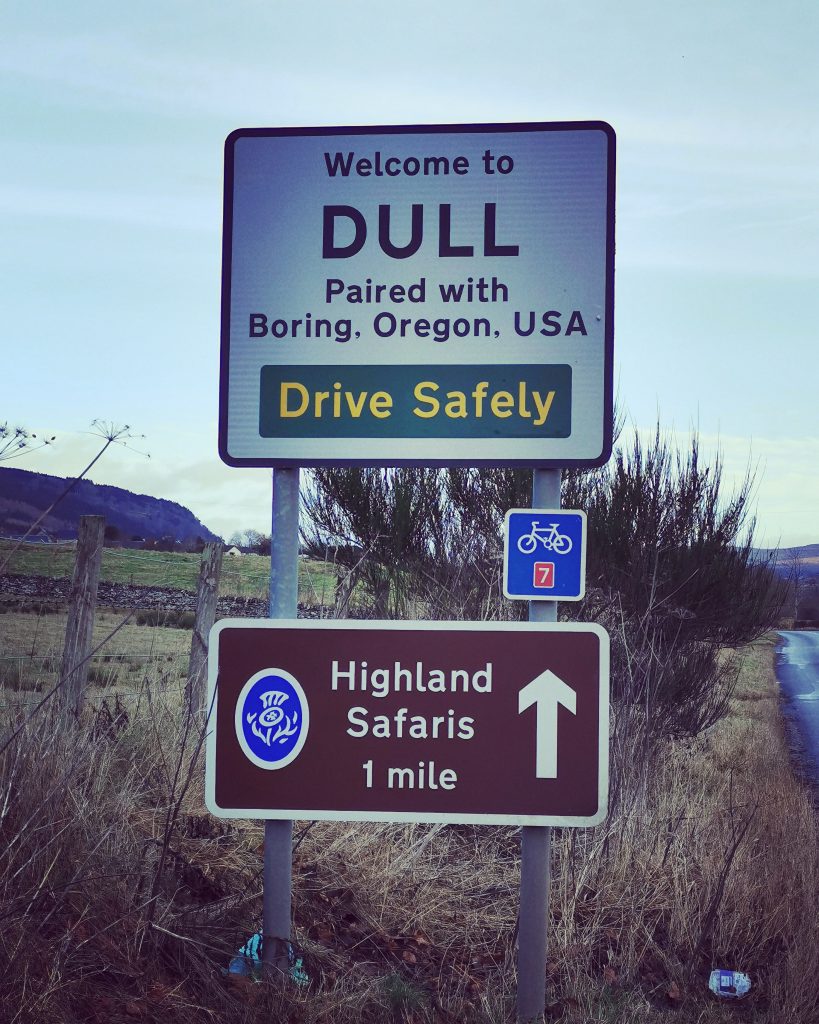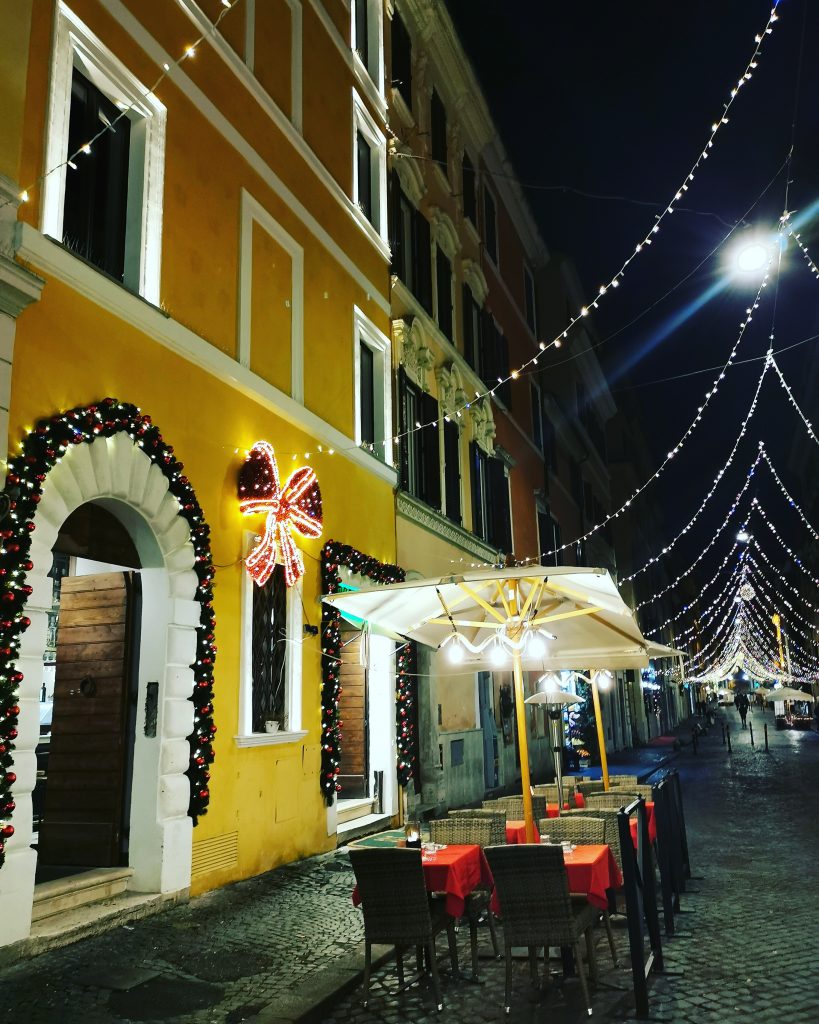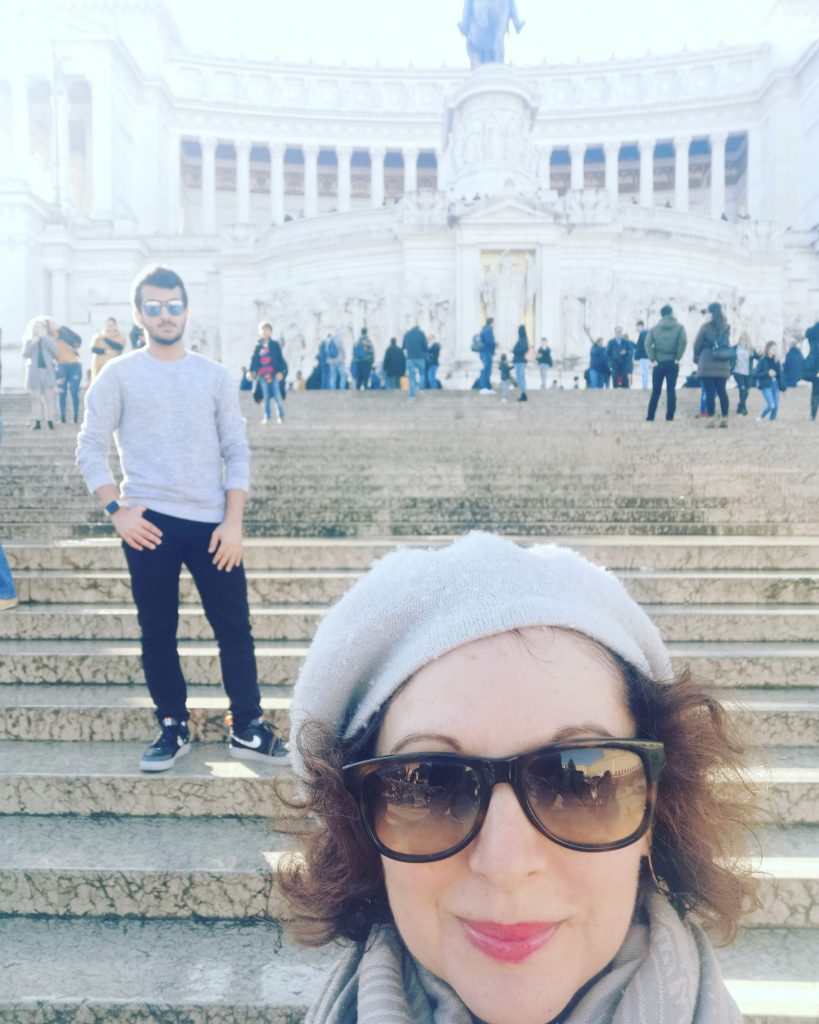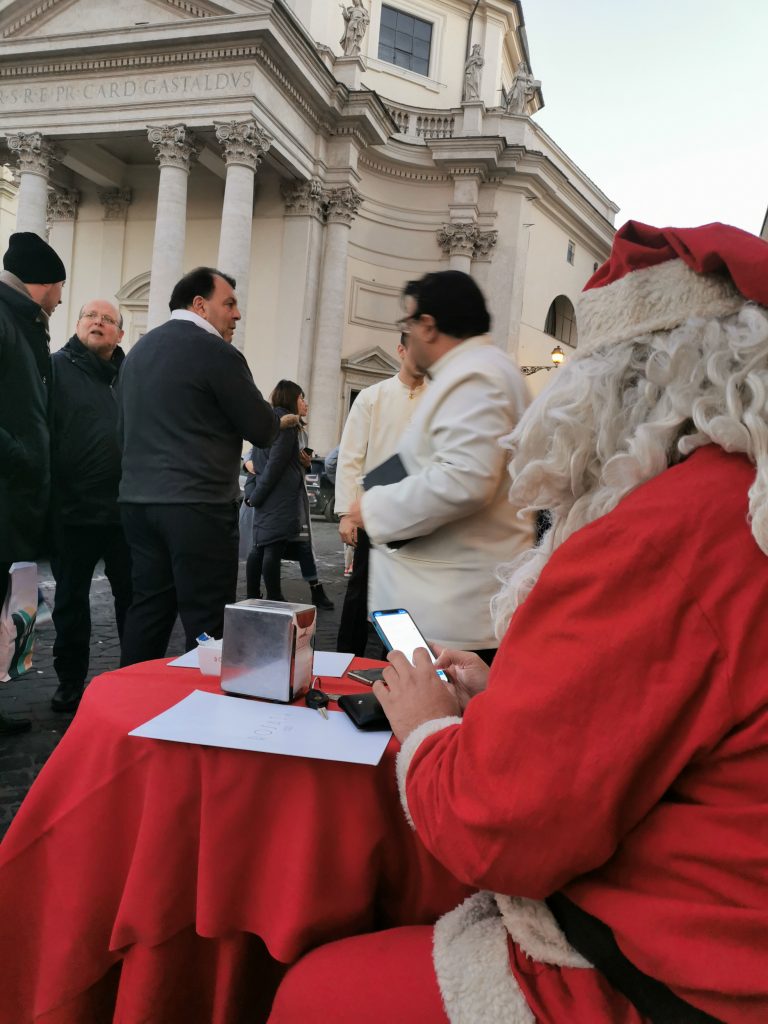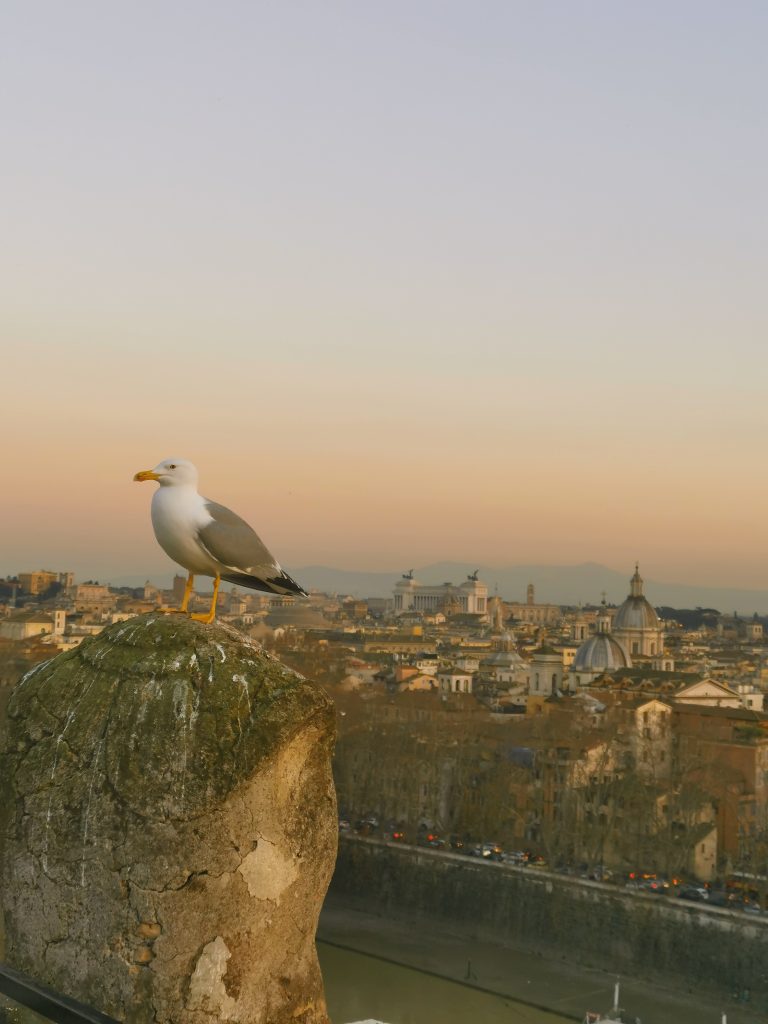I had been looking forward to donning a bikini this August. I just hadn’t realised I’d be wearing it in the living room with all the curtains closed. Temperatures at my desk have reached a balmy 31.5 degrees and I’ve retreated to the slightly cooler climes of the bedroom where I’m being serenaded by the sound of a power drill emanating from the longest flat refurbishment in history downstairs. I would sit in the garden and top up the vitamin D, but my neighbour is ‘de-magging’ the wheelie bins on the yellowing lawn, so that takes another limited option off the table. I know we should all be counting our blessings right now, but I’ve had better summers.
I’m afraid I haven’t settled into this pandemic. If you’re someone with no desire (or opportunity) to see new places or have new experiences, perhaps you’ve been able to make some kind of peace with its limitations. You can live without the thrill of knowing tomorrow something new and different beckons because of who you’ve met, or where you’ve been or what you’ve seen when you got there. The sheer joy and infinite variety of being alive feels absent right now and a big part of that is the freedom to move across distances. We’re all told we have to be citizens of somewhere but why does it have to be here?
I’ve been thinking a lot about my relationship with travel recently and how it enhances my sense of self. How it comforts me with its rituals and creates the sense of occasion and the landmarks in time that I crave. As the world shrinks, are we going to go backwards to a time when international travel is only for the privileged few? For me, Center Parcs would be like descending into one of the portals of inflatable hell and whilst holidaying in the UK can be wonderful, it’s rarely cheap. If you want to avoid ‘Jeanette and Dougie from Manchester’ (to steal from Willy Russell) you really need to broaden your horizons and go where they are not.
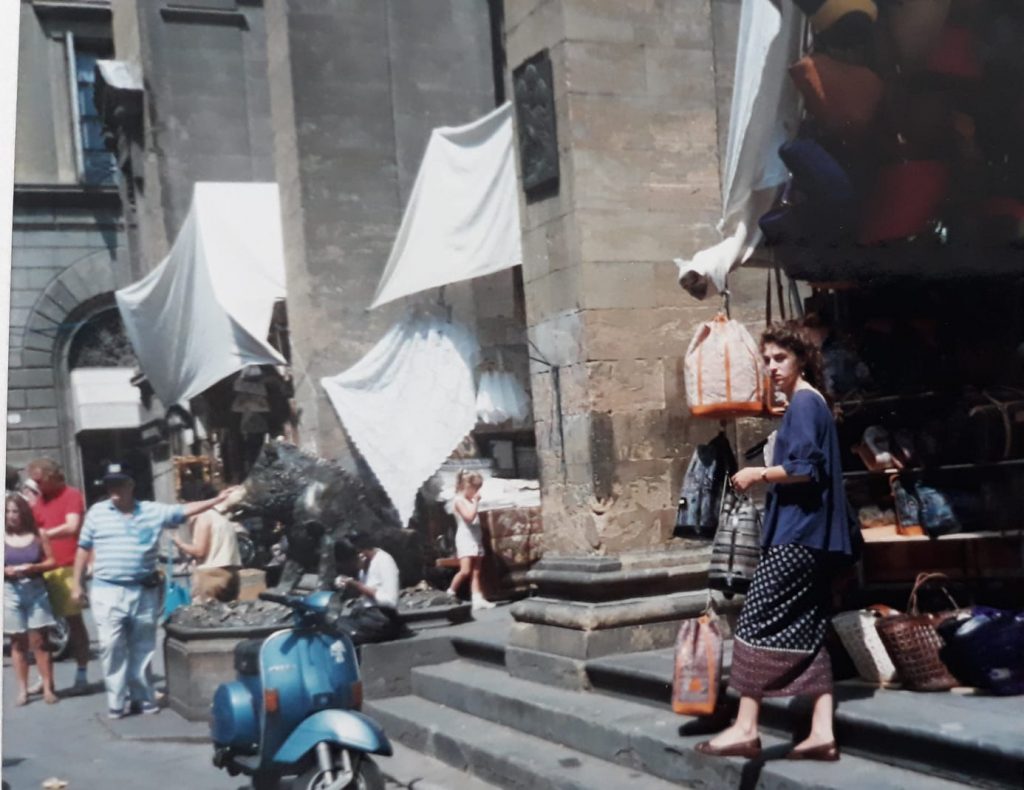
Like most kids of my generation, we didn’t travel abroad much. Up to the age of seventeen I can recall only a handful of occasions and they were a very mixed bag. The first foreign place I ever encountered was Amsterdam. I was ten and we stayed on a floating hotel on the canal – Mamma Flâneuse, my grandmother and me, together on our first package holiday. The type where you drive for hours by coach for a photo opportunity involving a pair of outsized clogs against a backdrop of blowsy tulips. I’m pretty sure I enjoyed the novelty of this experience, but I have only a couple of memories now which are more feelings than images. One is staring with inexplicable sadness at the solitary Delftware loo in Anne Frank’s house and the other the sound of my normally prudish grandmother laughing uncontrollably as she recounted her guided tour of somewhere I hadn’t been allowed to go called the Red Light District. This must surely be the genesis of all my FoMo.
The following year I took my first flight and there is a photograph of me coming down the aeroplane steps and onto the runway at Alicante airport, looking ashen-faced and clutching a Snoopy. I had a week in an apartment in Coveta Fumá with my father and stepmother who basked like lizards in the unfamiliar, dry heat, smoking king-size cigarettes and reading fat paperbacks. It couldn’t have been memorable because other than ex-pats looking glitzy and red-faced on bar stools and the sound of Paul McCartney and Wings on the stereo, I don’t remember it at all. My experiences of Southern Spain since then, beyond the triumvirate of pool, pub and hypermarket, are like they come from a different world.
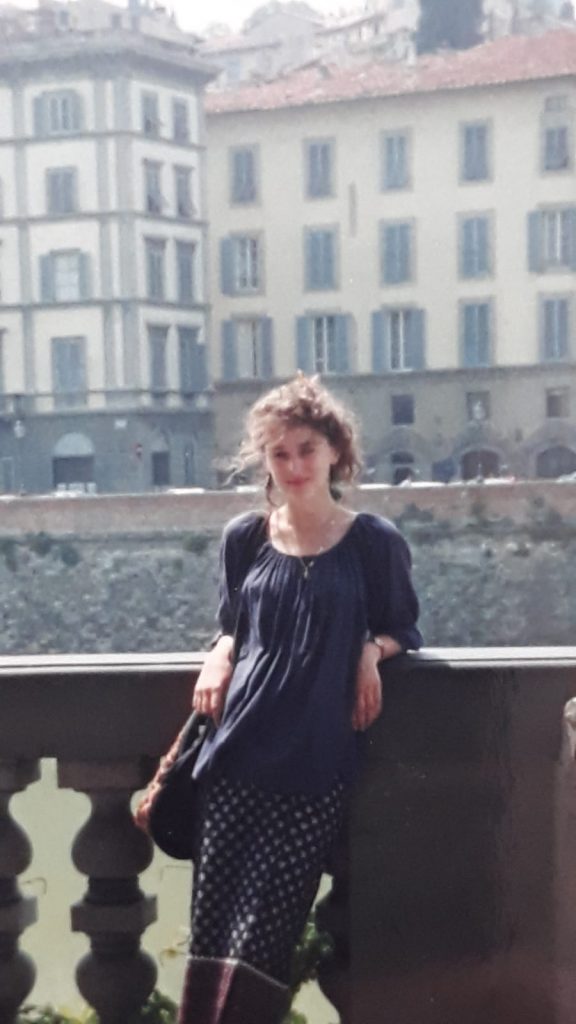
It was another three years before I would get on a plane again. I was that saddest of sounding things an unaccompanied minor, heading off for a fortnight in Germany to see a pen pal in the Moselle Valley and it was the longest two weeks of my life when I realised – as we often did – that she was nothing like her letters. As a natural Latino type, I didn’t gel with the Teutonic way and was bewildered by the sausage parties and the oompah bands (true story). I was more homesick than I have ever been.
There were happier trips to Florence where I channelled my best Lucy Honeychurch in a pensione overlooking a convent because we were all obsessed with Merchant Ivory films and Helena Bonham-Carter’s hair. And who could forget Paris in a one star hotel, with its neon sign that flickered all night though the net curtains and kept us awake, leaving us slightly hysterical in the morning as we ate dry baguettes in the lobby? Basic accommodation didn’t matter so much when you stepped outside into the City of Light. Foreign travel opened our eyes and our minds.
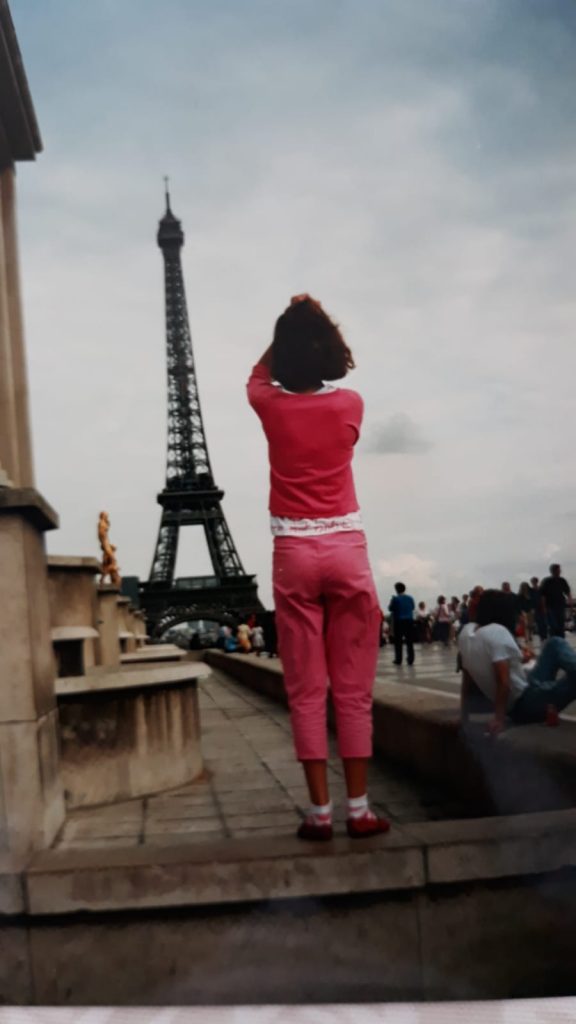
The monotony of unvaried days and the fear of missing out is not going away any time soon, but the point of the Flâneuse is, after all, to wander aimlessly and that’s hard to do in a global pandemic when you’re playing holiday roulette. What we have for now are memories, books and maps. We are the armchair cartographers of our own far-flung dreams.
In other news, I really can’t be arsed to fight with Ryan Air, so it’s no People’s Republic of Cork for me this month. Instead I will be reaching for ‘Hitching for Hope: A Journey Into the Heart and Soul of Ireland’, by Irish Times bestseller Ruari McKiernan and listening to the sound of much needed rain.
If I imagine hard enough, I might even be there.
